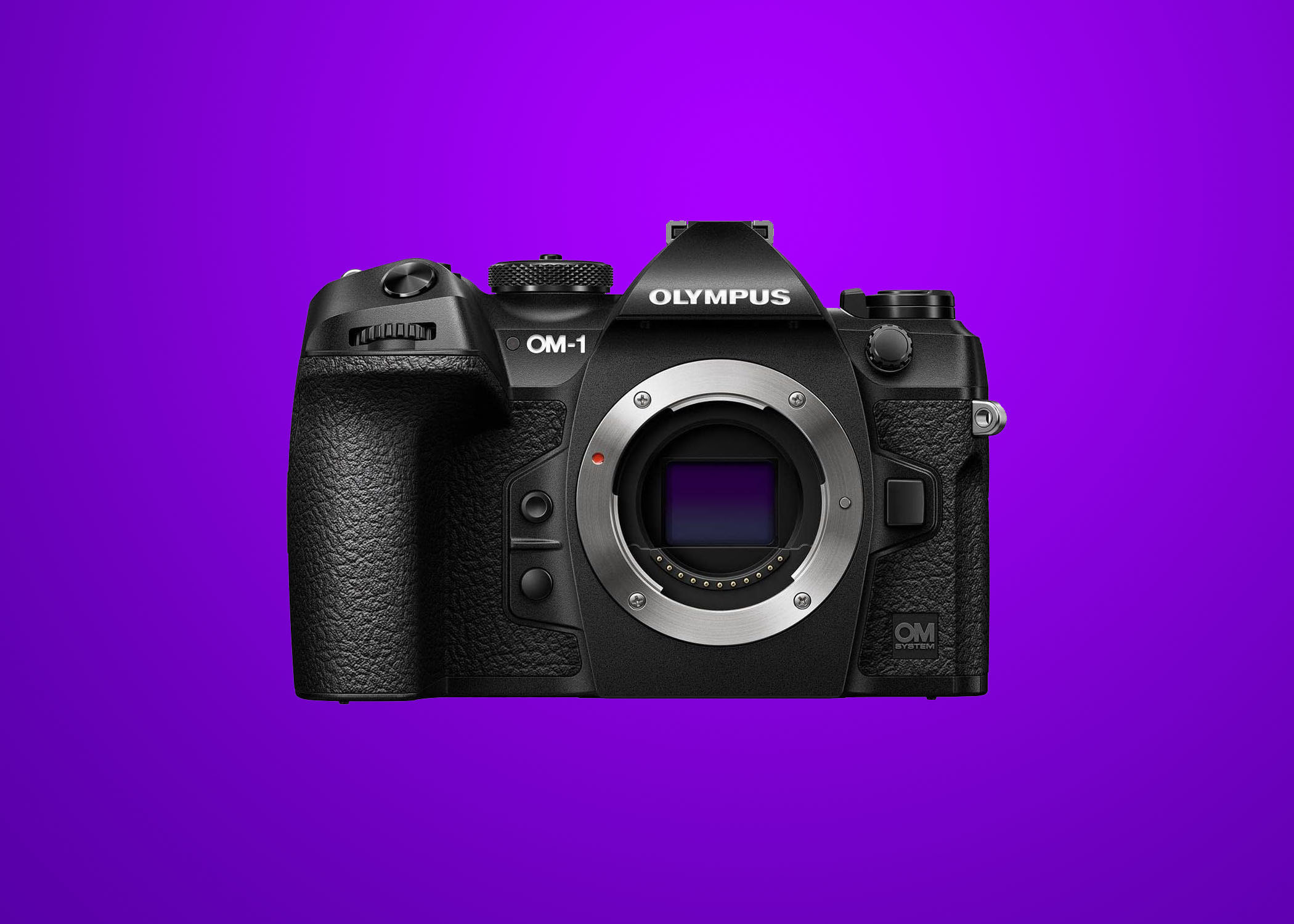The OM System OM-1 II is an outstanding camera with remarkable features. Its image stabilization and Live Graduated ND filter are particularly impressive. The excellent autofocus performance and Live ND filter also enhance its appeal for wildlife and landscape photography.
There are only a few upgrades from the previous model. Therefore, it may not be worth upgrading from the OM-1. However, if switching to the OM System or upgrading from a lower-spec model, this camera will be a joy to use.
Advantages
- Boasts an impressive 8.5 stops of image stabilization
- Provides a variety of digital ND filters for creative control
- Features IP53 weather sealing for durability in adverse conditions
Disadvantages
- Offers only incremental improvements over the OM-1
- Equipped with a modest 20MP sensor
- 4K video recording capability capped at 60fps
Exploring the OM System OM-1 II: An Overview
In the realm of camera technology, there has long been a sense of exclusivity, rooted in the days of film photography. However, the landscape has shifted with the rise of digital cameras, especially the compact Micro Four Thirds (MFT) format, renowned for its innovation.
Enter the OM System OM-1 Mark II, embodying this evolution by blending familiarity with cutting-edge advancements. While it builds upon its predecessor, it stands as a testament to progress rather than mere repetition, appealing to those who prioritize both tradition and innovation.
With its 20MP sensor and a robust 1053-point AF system, the OM-1 II delivers performance that rivals larger counterparts, all packaged within a compact frame. Its refined design and innovative features, such as Live ND filters, elevate the shooting experience, offering versatility without compromise.
Though its resemblance to the original may prompt questions, its prowess in the field leaves no doubt about its capabilities. However, this level of excellence comes at a premium, with a price tag that may give pause to some enthusiasts. Nonetheless, for devotees of the OM System, its compact form and impressive features make it a compelling choice, particularly for those drawn to genres like landscape and wildlife photography.
Design Features of the OM System OM-1 II
Designed for outdoor photography, the OM-1 II boasts a rugged build with IP53-rated splash and dust resistance, along with resilience to freezing temperatures.
Despite its compact size, weighing just 1.32 lbs / 599g, it offers dual SD card slots and a comfortable grip.
Direct controls and a user-friendly menu system enhance accessibility, while rubberized dials improve grip.
The camera’s 5.76m-dot EVF provides a clear display, complemented by a vari-angle touchscreen.
However, the placement of the on/off switch on the left side may pose a minor inconvenience for some users.
Performance Insights of the OM System OM-1 II
Harnessing computational power, this camera integrates AI algorithms to enhance functionality and performance.
Improved AI subject recognition, including bird detection, proves highly effective in various shooting scenarios.
The introduction of Live Graduated ND and Live ND Shooting expands creative possibilities, albeit with some limitations in usage.
With 8.5 stops of 5-axis IBIS and an advanced AWB algorithm, the OM-1 II delivers exceptional image quality and color reproduction.
While video capabilities have seen enhancements, the absence of 120fps in 4K capture may limit its appeal for some users.
Considering the OM System OM-1 II: A Buyer’s Guide
Reasons to Buy:
- Optical Filter Flexibility: If you’re keen to streamline your gear and eliminate traditional optical filters, the OM-1 II offers digital alternatives.
- Wildlife Photography: For wildlife enthusiasts, the OM-1 II’s impressive autofocus, AI subject detection, and weather resistance make it an ideal companion.
- Compactness: Seeking a high-performance camera with a compact form factor? The OM-1 II’s MFT system delivers both portability and power.
Reasons to Avoid:
- Existing OM-1 Owner: Upgrading from the previous model may not yield significant improvements, making sticking with the original OM-1 a viable option.
- High-Resolution Needs: While capable of capturing high-resolution shots, the OM-1 II’s sensor-shift feature has limitations, maxing out at 20MP for most scenarios.
- Professional Video Requirements: While suitable for handheld shooting, the OM-1 II’s video capabilities are capped at 4K 60fps, potentially falling short for professional videographers.


Leave a Reply